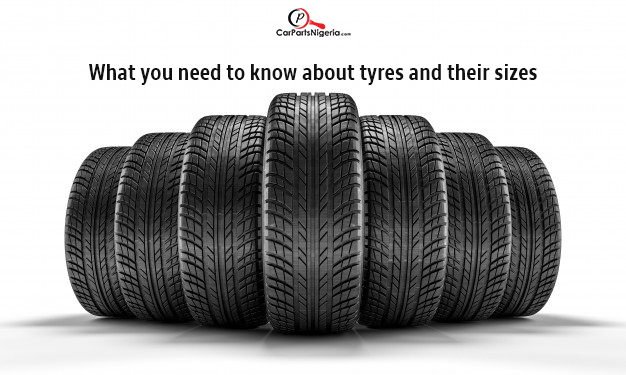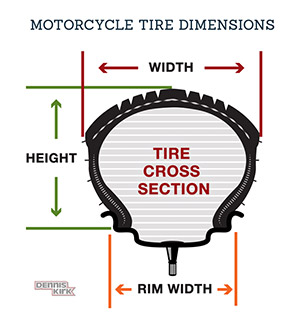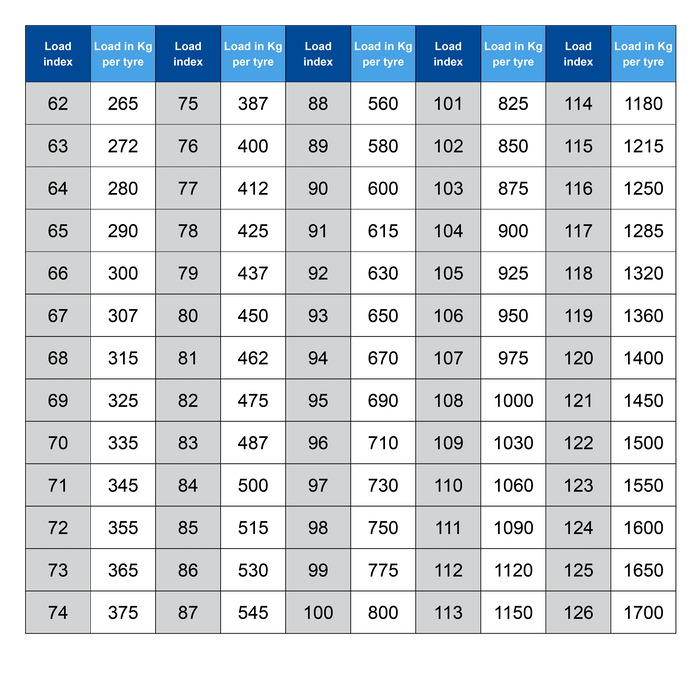Blog

What you need to know about tyres and their sizes
A tire is a ring-like component that surrounds a wheel's rim. It surrounds the wheel to help in transferring the vehicle's load from the axle through the wheel to the ground and also provides grip on the road in which the wheel travels.
The materials the tires consist of are synthetic rubber, natural rubber, fabric, and wire, along with carbon black and other chemical compounds. They consist of a tread and a body. The tread provides grip while the body provides containment for a quantity of compressed air.
Motor tires typically come in different physical sizes. What many people might not know is that its sizes and weight capacities, together with other relevant parameters are always clearly stated on its body.
Today, we will discuss the number inscriptions on different tires and what they mean.
Below is an example of a tire size number;
255/ 55 R18 109 V.
Section Width Aspect Ratio Rim Width Load Rating

Explained below is what the numbering above means
- Section width (Width)
It is is the measurement from sidewall to sidewall ( the Width), at its widest point. It is generally expressed in millimeters3.
- Aspect Ratio (Height)
It is the ratio of the height of the tire's cross-section to its width. It is measured in % and the 55 means that the height is equal to 55% of the tire's width.
- Wheel Diameter Index (Rim Width)
The diameter of the wheel is given by measuring the distance from one side of the wheel to the other, through the center point of the wheel.
- Tires Load Rating
It identifies the maximum load capacity of your tire, i.e. the absolute carrying capacity. Knowing your tire’s speed and load limitations is crucial if your vehicle’s main purpose is used for any of the following:
- Transporting goods, such as a light truck or ute
- Spending the majority of time off-road
- Operating in high-performance scenarios, such as being used as a track car
If the maximum indicated speed or load is exceeded, your tire will not operate at peak efficiency and risk the safety of yourself, your vehicle, and those around you on the road.
The load rating, represented by the numerical value, is directly related to the maximum weight that each tire can carry.
The load index chart image below will tell you the maximum carrying capacity your tire can carry.

In this case, 109 would refer to a load capacity of 1030kg.
Most passenger vehicle load indexes range from 62 to 126.
- Speed Symbol
See the chart above for a full list of speed symbols and their applicable values.

Letters ranging from A to Z represent the speed rating. Each letter denotes the maximum speed a tire can sustain under its recommended load capacity.
In the tire size example stated at the beginning, “V” is equivalent to a speed capability of 240km/h.
Posted on September 2020,03 // Author: Admin